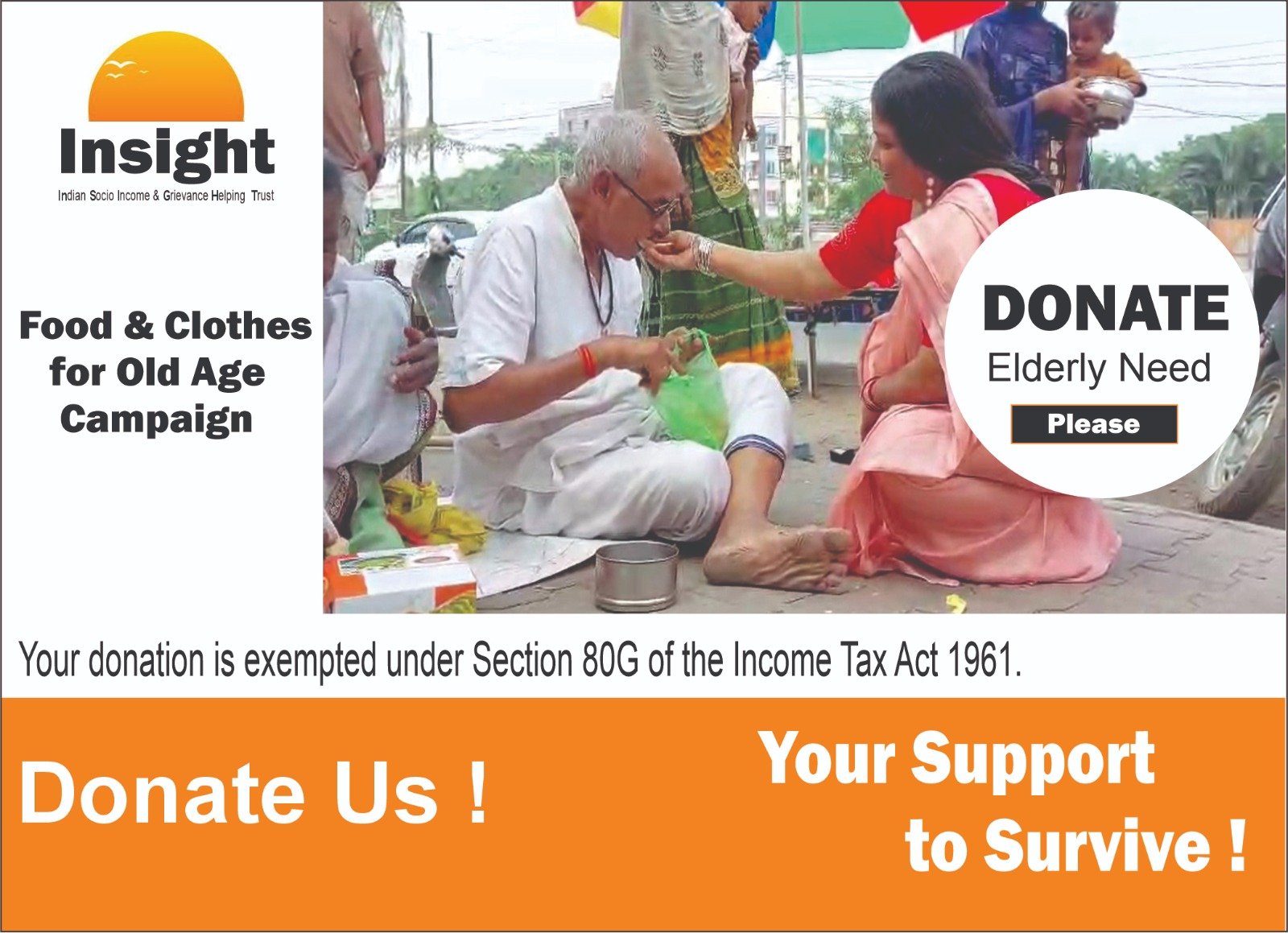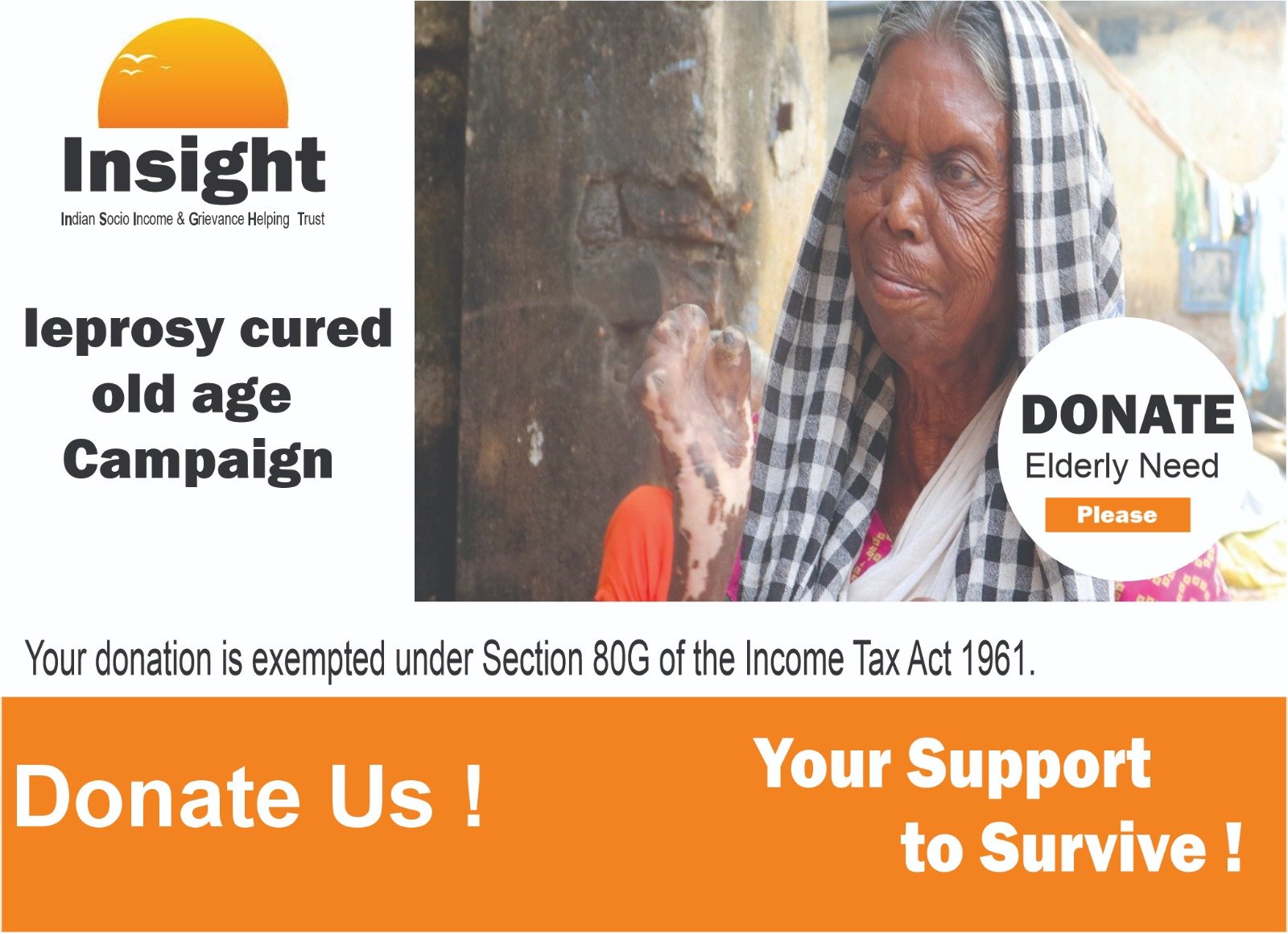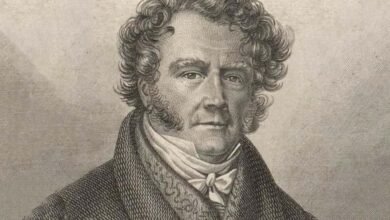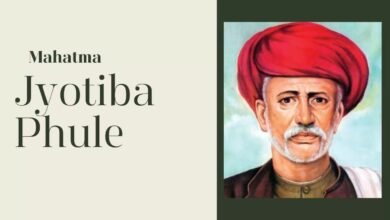Intolerance threatens India’s free speech legacy?
By Doruvu Paul Jagan Babu: Assistant Chief Editor
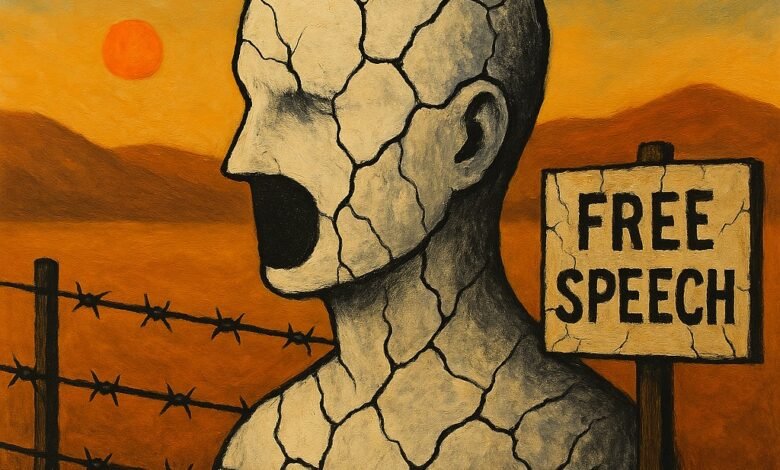
As vandalism and threats against critics like comedians and journalists rise, India’s constitutional promise of free expression faces erosion, exposing a growing intolerance that challenges the nation’s democratic ethos.
Constitutional bedrock under siege
India’s Constitution guarantees freedom of speech and expression under Article 19(1)(a), a right the Supreme Court has repeatedly upheld as essential to democracy. In its 2025 ruling dismissing an FIR against a poet, the Court declared, “Without freedom of expression of thoughts and views, it is impossible to lead a dignified life as guaranteed under Article 21.” Yet, this right, tempered by Article 19(2)’s “reasonable restrictions” for public order and decency, is increasingly strained. The Bombay High Court, in a 2024 split verdict later stayed by the Supreme Court, struck down a government fact-checking unit, noting its “chilling effect” on speech due to vague terms like “fake” or “misleading,” which stifled dissent. These rulings affirm free expression’s sanctity, but their enforcement falters amid rising intolerance.

Erosion of press and expression
India’s press freedom ranking plummeted to 159 out of 180 in 2024, reflecting a broader decline in expressive liberties. Mainstream media, often accused of aligning with the ruling party, has left a vacuum filled by social media critics who face legal and physical backlash. The Supreme Court in Shreya Singhal v. Union of India (2015) warned that vague laws amplify this chilling effect, yet sedition laws and the Unlawful Activities (Prevention) Act persist, disproportionately targeting dissenters. Reports highlight a steady rise in harassment since 2014, with comedians, journalists, and activists facing FIRs, venue attacks, and death threats for challenging authority. This legal overreach, coupled with selective enforcement, signals a shrinking space for critique.
Vandalism and threats: Symptoms of intolerance
Recent incidents, like the ransacking of a Mumbai comedy venue over satirical remarks, underscore a troubling trend: physical intimidation replacing dialogue. The Supreme Court has emphasized that “differing views must be countered with counter-speech, not suppression,” yet mobs—often linked to political factions—act with impunity. Such acts reflect a deeper intolerance rooted in a reluctance to tolerate dissent, a stark contrast to democracy’s demand for diverse thought. Weak law enforcement responses and political rhetoric condemning criticism as “tyranny” further embolden this culture, undermining the judiciary’s call for a robust “marketplace of ideas.”
Why democracy falters?
This intolerance stems from multiple forces: a polarized polity where dissent is branded disloyalty, a media landscape prioritizing propaganda over scrutiny, and a judicial system overburdened yet hesitant to consistently shield expression. The Supreme Court’s 2025 observation that “literature, comedy, and satire make life meaningful” clashes with a reality where such creativity invites retribution. Historical judicial pushback, like the 2015 Shreya Singhal ruling, struggles against a tide of legislative and societal pressures that equate criticism with chaos. In a mature democracy, leaders should laugh at themselves, not lash out—a capacity India increasingly lacks as power consolidates and dissent becomes a pariah.
A call for resilience
India’s democratic promise hinges on reclaiming free expression from the grip of intolerance. Courts have laid the legal groundwork, but citizens and institutions must resist the normalization of threats and vandalism. As the Bombay High Court noted in 2024, an open marketplace of ideas is democracy’s lifeblood—suffocating it risks reducing India to a shadow of its constitutional ideals.



